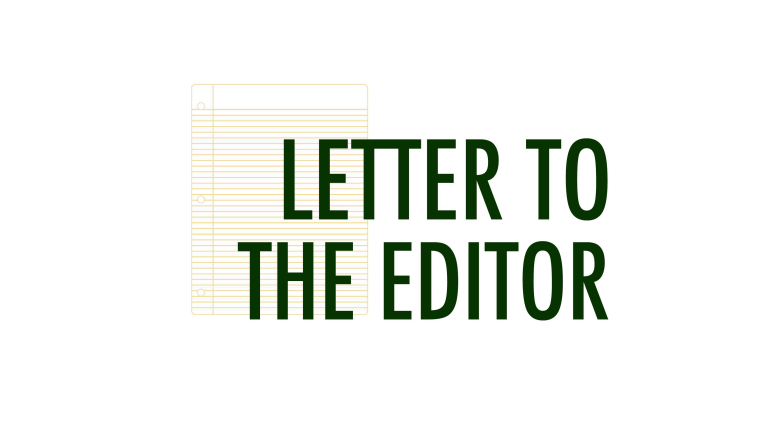The internet is as important as any other public utility integral to America’s infrastructure. Households without the internet have a great disadvantage accessing educational resources, mainstream sharing of ideas, job opportunities — as more and more employers seek resumes solely through the internet— and access to government and medical programs. Those with internet access simply have greater access to opportunity. But an estimated 100 million Americans are not connected, usually because they are in low-income situations and internet services are typically at a high, unattainable cost. Some live in rural, digitally isolated, areas. And many simply don’t trust the internet or have the digital literacy to gain the confidence needed to jump into this new age. These are the digitally divided; the ones missing out on a powerful tool that can help equalize citizens regardless of income, race, or geographic location. Internet access is beginning to homogenize society, but those left behind are at a serious disadvantage. Fortunately our country realizes this and is coming together to bridge the digital gap.
Much like to the Rural Electrification Act of 1936, the National Broadband Plan proposes to connecting remote communities –only this time with wireless internet connection. The FCC, Ad Council, and NTIA have all been tasked to push this plan with the help of non-profit organizations and major internet providers. Additionally, major internet providers (locally, only Comcast) are offering low-income families reduced priced plans at $10 a month with offers of low-priced computers and modems as well. Families must have at least one child that receives reduced or free meals at school from the National School Lunch Program to qualify.
The non-profit group EveryoneOn has come together with local communities to create hubs to host free classes that can help with computer literacy: internet safety, job hunting online, education opportunities, and internet basics to name a few. Those interested can find these locations by calling 1-855-387-9166 and submit their zip code. Texting “Connect” to 30364 is another approach for the same result. The best tools offered, naturally, are on the web. There are many offers on everyoneon.org including a digital class locator and how-to videos and articles on digital literacy.
The local areas for free classes are Carroll County Business & Employment Resource Center (410)386-2820 and North Carroll Branch at (410)374-1212. Local libraries are generally excellent sources for these classes as well, and most libraries have internet access for the public –still maintaining their importance to community building.
The FCC also has a webpage, broadband.gov, that offers an array of tools to help get connected, including a search tool for local internet providers in your area. They also offer broadband testing to see if your area is a labeled “dead zone” where access is limited to nonexistent. This helps create a map so those affiliated with the program have a clear path where broadband growth should be encouraged. Another service is connect2compete.org, which can help find local internet providers that offer qualifying families deals on low-cost internet service and computers/modems.
If you’re looking to help, everyoneon.org helps those looking to setup digital literacy classes in their local area. Many of the local organizations under this program are looking for computer and modem donations. But most importantly, spreading the word about how to get digitally connected will help our community with economic growth, educational opportunities, and social connections that in turn help close the digital divide nationally.



